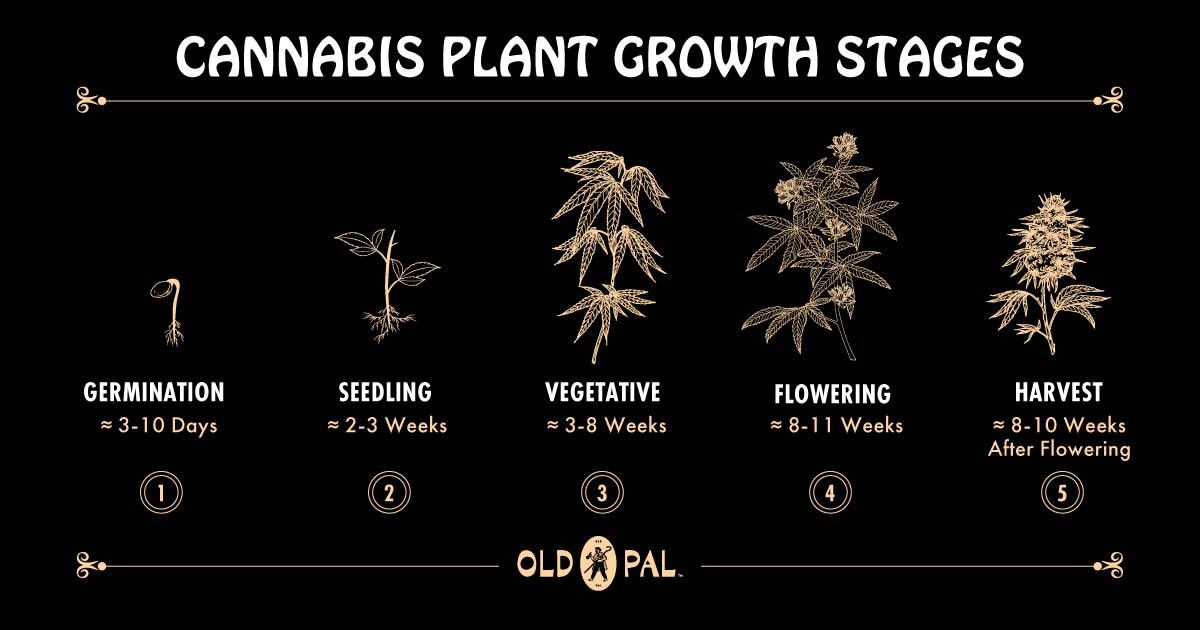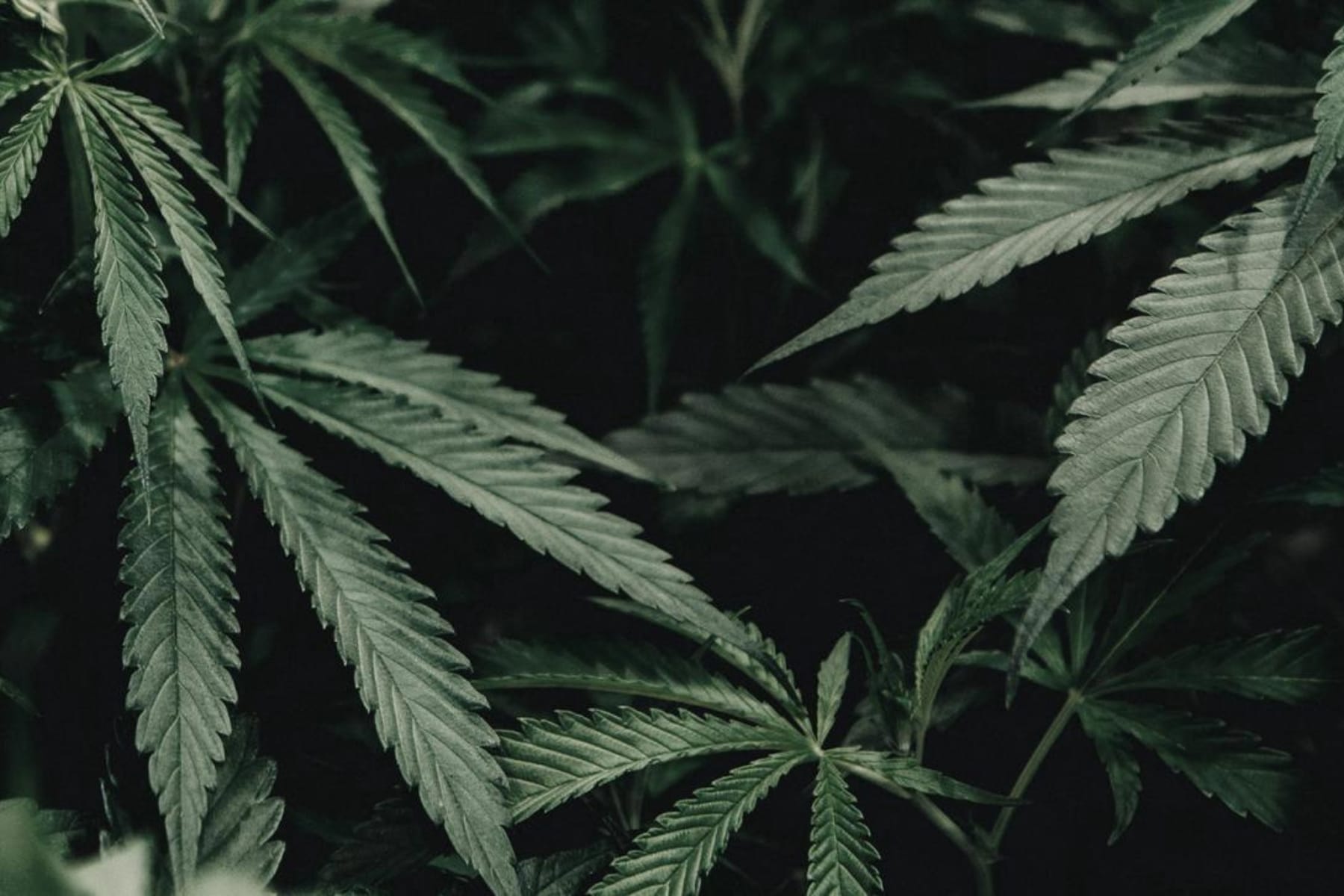October has always held a special place in the hearts of cannabis enthusiasts and cultivators. Dubbed “Croptober,” it’s the time of year when the fruits of a grower’s labor come to full fruition as we reach the end of the cannabis plant life cycle. But why is this month such a significant period for the cannabis community?
For outdoor growers in the Northern Hemisphere, October is typically the harvest time for cannabis. After months of diligently tending to their plants, ensuring they receive the right amount of light, nutrients, and care, the reward is finally in sight. As the autumn leaves begin to fall and the days grow shorter, cannabis plants reach their peak maturity, signaling that it’s time for harvest.
But Croptober isn’t just about reaping what’s been sown. It’s a celebration of the entire growing process, a time to reflect on the journey from seed to harvest. It’s about the dedication, the challenges faced, the knowledge gained, and the love poured into each plant. It’s also a time for the community to come together to share experiences, tips, and, of course, the joy of a successful harvest.
As we appreciate our favorite plant this season, let’s take a look at the cannabis plant life cycle and what it takes to grow from seed to bud.

Let’s Grow: The Cannabis Plant Life Cycle
From seed to mature bud, the life cycle of a cannabis plant is a journey of growth, adaptation, and resilience. Here is how this remarkable progression unfolds.
The Germination Phase
The germination phase is when a cannabis seed awakens from its dormancy. In optimal conditions—moisture, warmth, and a bit of patience—the seed’s outer shell softens and cracks, revealing a tender taproot. This tiny sprout is the plant’s first step into the world, searching for nourishment and stability.
The Seedling Stage
As the taproot anchors itself, the seedling emerges, thrusting its first pair of round “cotyledon” leaves upward. These leaves reach for light while the roots explore the medium below. During this delicate stage, the seedling is vulnerable yet resilient, setting the foundation for future growth.
Vegetative Growth
The vegetative phase is marked by rapid growth and expansion. Here, the cannabis plant focuses on building a robust structure—a sturdy weed stem, sprawling branches, and broad fan leaves. These structures, shaped by environmental factors, enable the plant to capture ample light and nutrients.
Transition to Flowering
This transition is a pivotal moment. Guided by the photoperiod or light cycle, the cannabis plant recognizes shorter days and longer nights as cues. Sensing this change, it shifts its energy from vegetative growth to bud formation, hinting at the flowering phase ahead.
Early Flowering Phase
The early flowering phase is characterized by the differentiation of male and female plants. Female plants start forming small, hairy buds, while males produce pollen sacs. Nutrient needs change, and the plant’s defense mechanisms gear up, ensuring its flowers remain protected from pests and diseases.
Mid-Flowering Phase
The buds gain volume, enveloped by a sticky layer of trichomes—tiny, resinous glands rich in cannabinoids. These trichomes serve as the plant’s defense and are a sign of potency. This is where the cannabinoids and terpenes form. As buds become heavier, they may need support to thrive.
Late Flowering Phase
Buds mature, swelling with resin and aroma. Trichomes evolve from clear to milky or amber, indicating levels of cannabinoid maturity. It’s also during this phase that growers might flush their plants, ensuring a cleaner final product by allowing the plant to use up any residual nutrients.
Harvesting
Deciding the perfect harvest moment combines art with science. Observing trichome maturity and the overall health of the plant guides this decision. Once harvested, the emphasis is on handling buds with care to preserve their potency and aroma.
Post-Harvest Processing
While not exactly a part of the cannabis plant life cycle, processing still plays an important role. After harvest, the buds are dried, balancing humidity and air circulation to ensure they don’t mold. Once dried, they’re trimmed, removing excess leaves. Finally, the buds are cured—stored in controlled conditions—to enhance flavor and potency. Proper storage ensures they remain fresh, aromatic, and ready for consumption.

Other Considerations During the Cannabis Plant Life Cycle
The cannabis plant, while robust, requires meticulous care throughout its life cycle. Beyond the basic stages of growth, there are several factors that cultivators need to address. These elements can influence the overall health of the plant, its yield, and the quality of the harvested product.
Cloning and Propagation
Cloning is a method wherein a grower takes a cutting from a ‘mother’ plant to produce an identical offspring. This ensures genetic consistency and can be crucial for growers who have identified plants with desirable traits. Propagation, on the other hand, is the entire process of reproducing plants, whether by seeds or clones. This consideration helps streamline production and maintain quality standards.
Pest and Disease Management
Cannabis plants, like all crops, can fall victim to various pests and diseases. From spider mites to powdery mildew, timely detection and treatment are crucial. Implementing preventative measures, such as maintaining cleanliness and ensuring proper airflow, can help mitigate these threats and keep plants healthy.
Environmental Considerations
A cannabis plant’s environment—temperature, humidity, airflow—plays a pivotal role in its growth, health, and even flavor. Ensuring that the plant is in a stable environment, mimicking its natural habitat as closely as possible, can be the difference between a successful harvest and a failed crop.
Nutrient Management
Just like humans, cannabis plants require a balanced diet. From the nitrogen-heavy needs of the vegetative phase to the phosphorus and potassium demands during flowering, understanding, and managing nutrient ratios are essential. Over or under-feeding can lead to deficiencies or toxicities, potentially harming the plant.
Light and Photoperiod Manipulation
Light is to plants what food is to us—a primary source of energy. Manipulating light, both in duration (photoperiod) and spectrum, can influence how and when cannabis plants grow and flower. For indoor growers, especially, understanding how to use light can optimize growth rates and even improve the quality of the final product.

Time to Toke
In one sense, cannabis needs very little to survive. A little sunshine, fresh water, and soil will do the trick. But it takes love and care to create buds worth smoking, and that’s what we bring to you, our faithful pals.
As we celebrate Croptober with a fresh harvest of new shareable flower, we invite you to join us. Find Old Pal flower near you and help us thank the farmers who grew these tasty buds.







